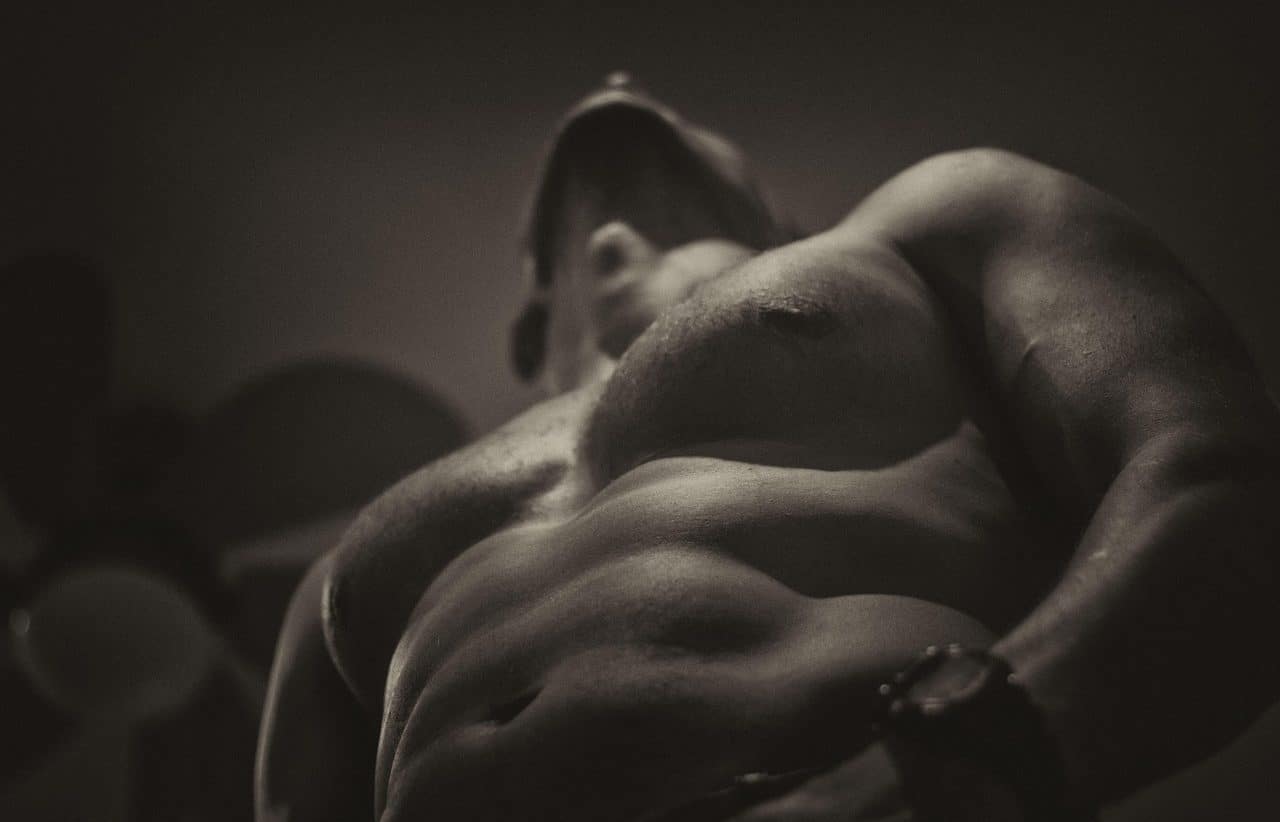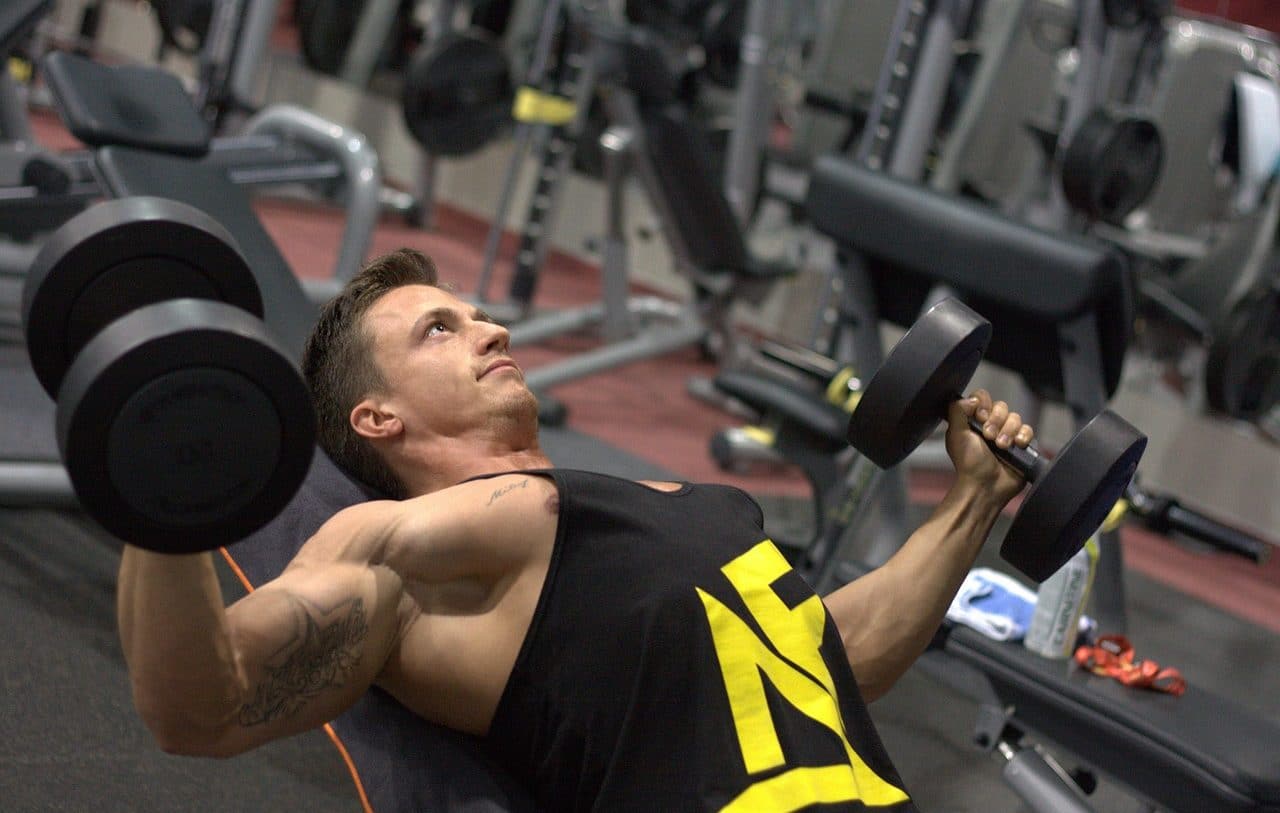
Pectoral is that linked to the chest.
Pectoral is an adjective that comes from the Latin pectoralis and allows us to name what is linked to the chest . This term (chest), for its part, can refer to the front body area that is located between the neck and the belly , although it can also name the woman 's breast and, in a symbolic sense, courage .
The pectoral cavity , therefore, is the part of the body that occupies the aforementioned space. In this cavity are the pectoral muscles , which are divided into pectoralis minor and pectoralis major.
pectoral muscles
The pectoralis minor muscle is located between the third, fourth and fifth ribs. It receives irrigation through the thoracoacromial artery and is innervated by a nerve called the medial pectoral nerve .
The pectoralis major muscle is located above the pectoralis minor , in the anterosuperior area of the rib cage. Supplied by the axillary and thoracolumbar arteries, this muscle is innervated by the lateral and medial pectoral nerves.
The development of the pectoral muscles is the purpose of various physical exercises. Many people want to have marked and toned pectorals for aesthetic reasons and, for this, they must perform certain training routines. There are, in fact, machines designed specifically to perform exercises that tone the pectoral muscles.

There are various types of exercises to develop the pectorals.
Exercises for your development
Let's look at some recommended exercises for the development of the pectorals:
bench press
Lying on a bench, you should take a weight bar at chest height and begin to extend both arms until they are completely stretched, and then flex them again. It is a very common and easy exercise to learn, which brings very good results in the pectoralis major area.
Incline bench press
In a similar way to the previous case, it is necessary to lie down on a bench, although in this case it must be tilted at an angle of 45 degrees. It is important to highlight that the angle of the arms with respect to the ground must be 90 degrees, the same as in the previous exercise, as if the bench had not been rotated. It especially works the upper part of the pectoralis major.
Decline bench press
For this exercise, the bench must be rotated so that our head is close to the ground (in the opposite direction to the previous case). Again, the angle of the arms should not be affected by that of the bench, but the bar should be raised perpendicular to the floor. It is used to train the lower part of the pectoralis major.
Flat openings
Lying down, you should hold two dumbbells, one in each hand, stretching your arms upward and with your hands closed inward. Once we have assumed this position , we must open our arms until the dumbbells are at the level of our body and then raise them again (contracting both pectorals) to repeat the exercise. In this case, the pectoralis minor and the lateral part of the pectoralis major are worked.
Lizards
This is one of the exercises that can be performed without the need for any device or complement; We simply have to lie face down and rest our palms on the floor at shoulder height. Starting from this position, there are two steps: extend our arms to lift our body so that it is simply supported by our feet and our hands; Return to the original position, keeping your body straight, only flexing your arms. Push-ups, also known as military dips , work the entire pectoral.
The pectoral tea
In some countries , on the other hand, they speak of pectoral tea to name an infusion that helps relieve the symptoms of cold and flu.
The name pectoral is due to the fact that phlegm usually lodges in the lungs, that is, near the area we know as the chest.
